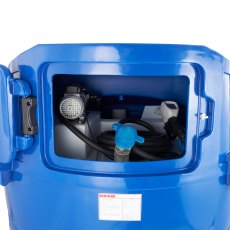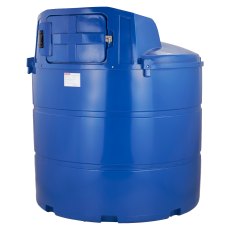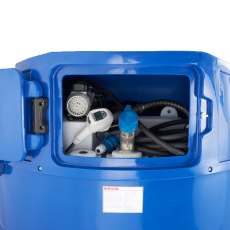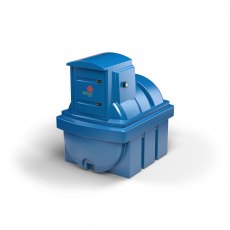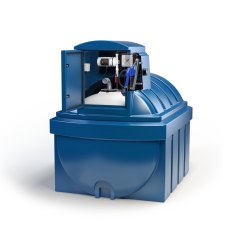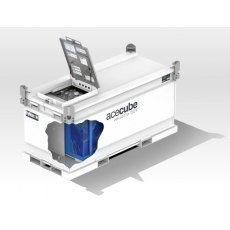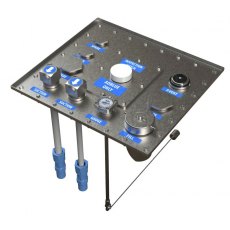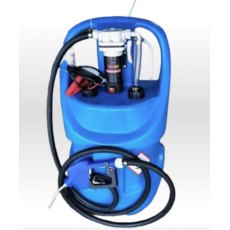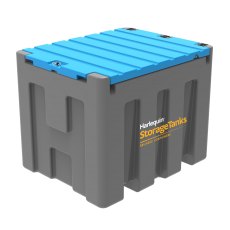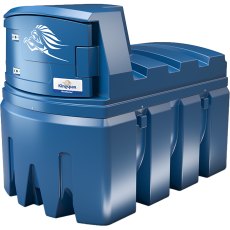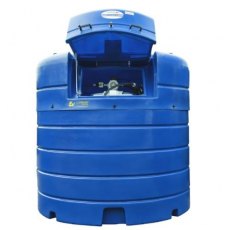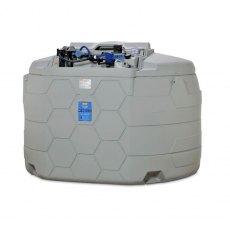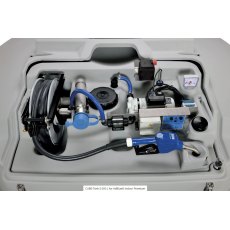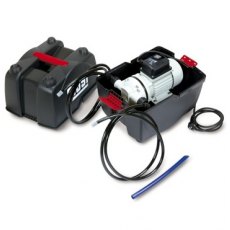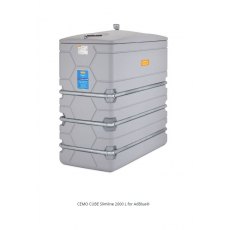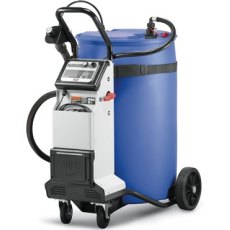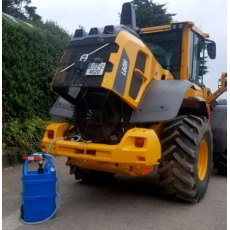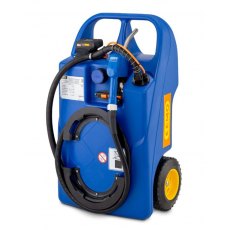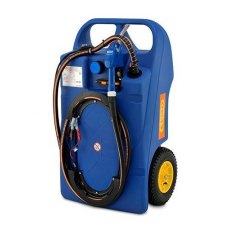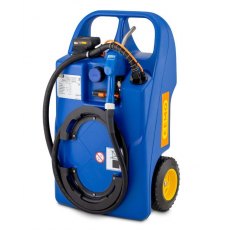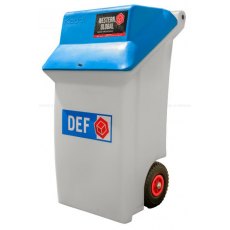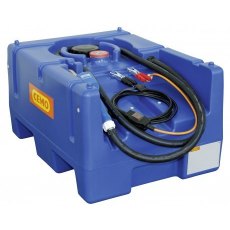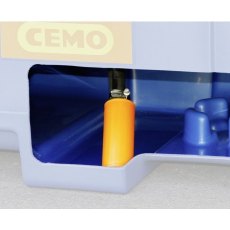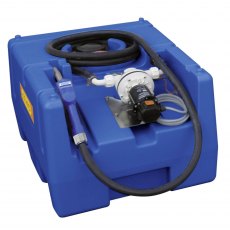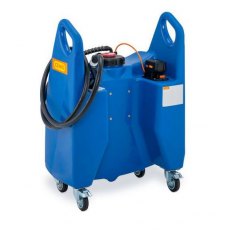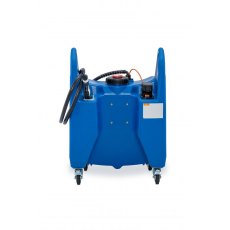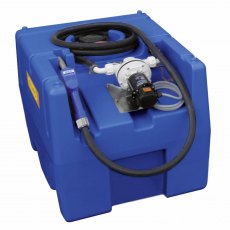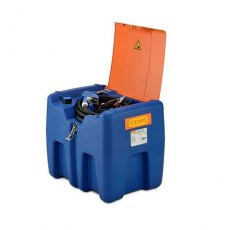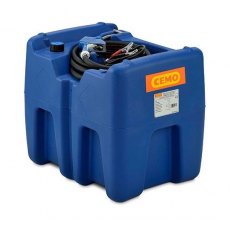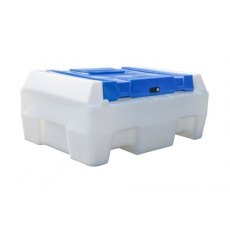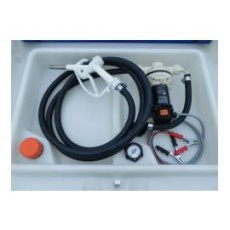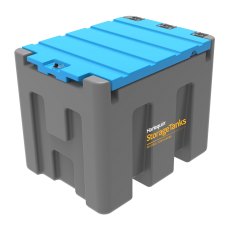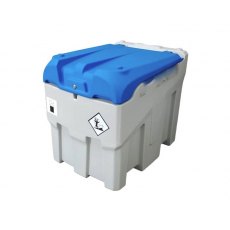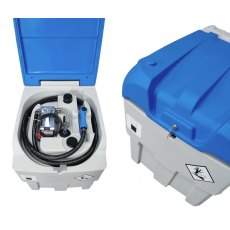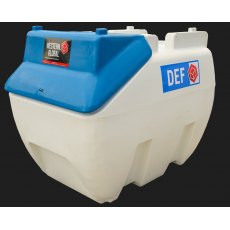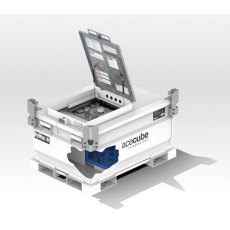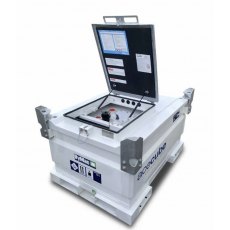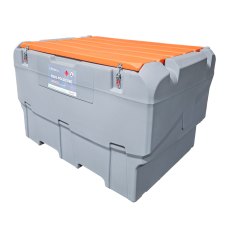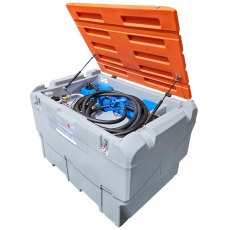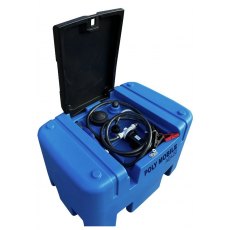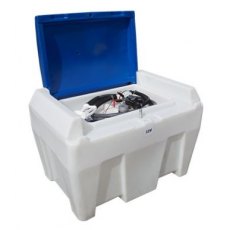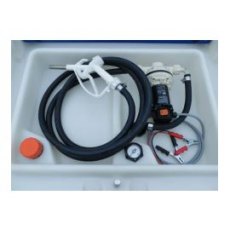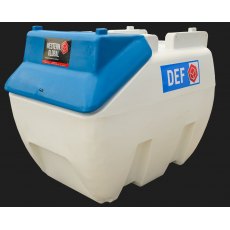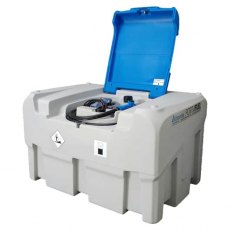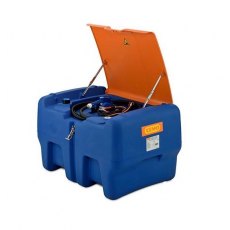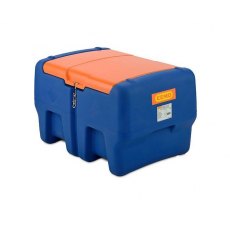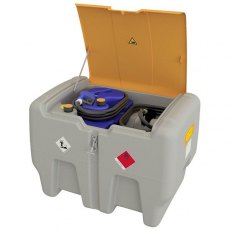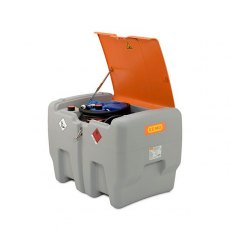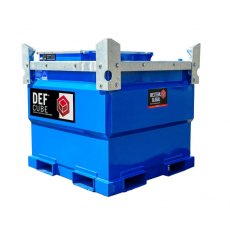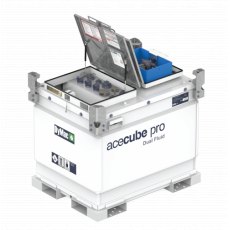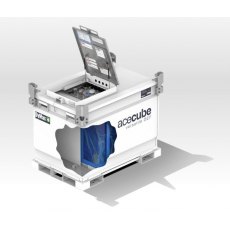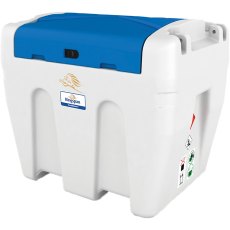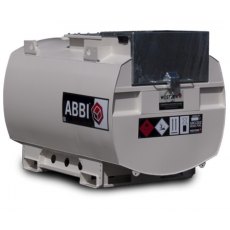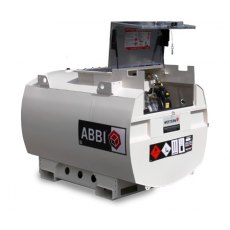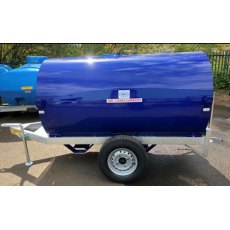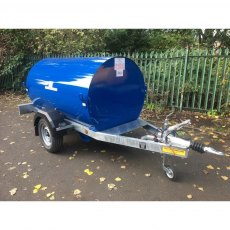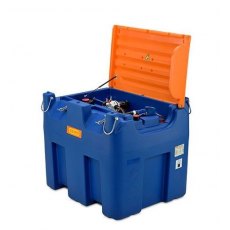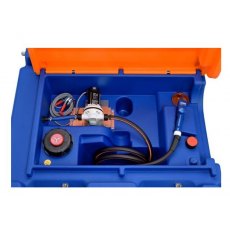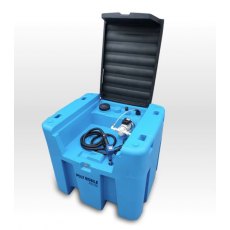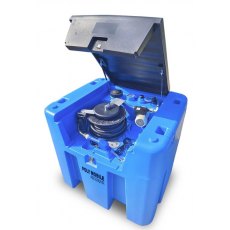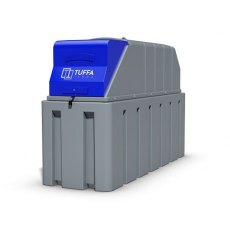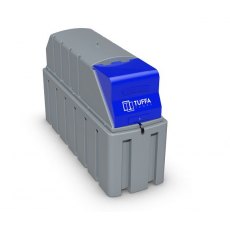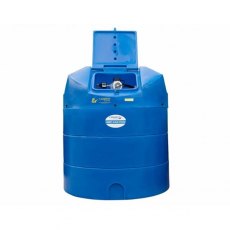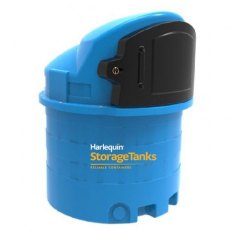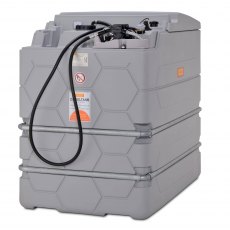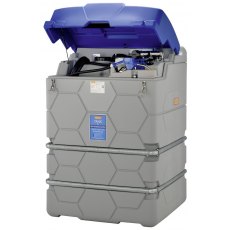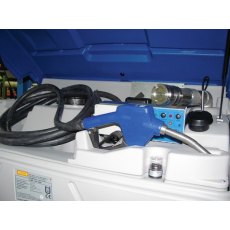Featured Products
(£3,180.00 inc VAT)
(£3,720.00 inc VAT)
(£3,774.00 inc VAT)



Adblue Tanks FAQs
What is the lifespan of an AdBlue plastic tank?
AdBlue plastic tanks are designed to last for many years, but their lifespan will depend on factors such as the quality of the tank, the storage conditions, and the frequency of use. Proper maintenance and regular inspection will help extend the lifespan of the tank.
How much AdBlue can a plastic tank hold?
AdBlue plastic tanks are available in a range of sizes, from small drums to large bulk tanks. The capacity of a tank will depend on its size and design, but typical capacities range from several hundred liters to several thousand liters.
Can AdBlue plastic tanks be used outdoors?
Yes, AdBlue plastic tanks are suitable for outdoor use, but they should be protected from direct sunlight and extreme weather conditions. The tanks should also be placed in a location where they will not be exposed to heavy traffic or impact damage.
How do I maintain an AdBlue plastic tank?
AdBlue plastic tanks require minimal maintenance, but it is important to keep them clean and free from contamination. The tanks should be periodically inspected for signs of damage or leaks, and any repairs should be made promptly to prevent contamination of the AdBlue.
How do I install an AdBlue plastic tank?
AdBlue plastic tanks are designed for easy installation and typically come with all the necessary hardware and fittings. The tank should be installed in a suitable location, preferably on a level and stable surface, and connected to the AdBlue dispensing system.
What are AdBlue plastic tanks made of?
AdBlue plastic tanks are typically made of high-density polyethylene (HDPE), a durable and chemical-resistant material that is well suited for storing AdBlue
What Is AdBlue?
AdBlue is a 32.5% aqueous solution of urea that is used to reduce nitrogen oxide (NOx) emissions from diesel engines. NOx emissions from diesel engines are a significant contributor to air pollution and have been linked to a range of negative environmental and health effects. AdBlue is a key component of selective catalytic reduction (SCR) systems, which use a catalyst to convert NOx into nitrogen and water vapor.
SCR systems work by injecting AdBlue into the exhaust gas stream of a diesel engine, where it reacts with the NOx to form nitrogen and water vapor. The nitrogen is a naturally occurring component of the air we breathe, and the water vapor is harmless and dissipates quickly. By reducing NOx emissions, SCR systems help diesel engines meet increasingly stringent emissions standards and reduce their environmental impact.
AdBlue is a non-toxic and biodegradable product, and it is safe to handle and store. It is widely used in the transportation, agriculture, and construction industries, as well as in power generation and other heavy-duty applications. Because AdBlue is used in such large quantities, it is typically stored in bulk tanks and dispensed as needed, reducing the number of deliveries and associated emissions.
In summary, AdBlue is a critical component of SCR systems, and its use has helped reduce NOx emissions and improve air quality in many applications.
How do I safely fill an IBC?
To safely fill an IBC first make sure that the pallet, cage and bottle and valve are suitable for use with the intended product. Ensure that the valve is securely tighten to the inner bottle and that the valve is closed and that the drip cap is secured and tightened. Check that the inside of the bottle is clean. When hot filling product do not exceed 65°C. When bottom filling make sure that the vents are functioning correctly or open the top cap. Do not over fill the IBC. After filling, if the product has a UN number, ensure that the lid seal is correctly positioned and tighten the screw cap to 70-80 Newton/Meters.
How do I transport an IBC safely?
Do not lift IBCs from the top frame. Ensure that the fork truck tines are fully inserted under the IBC before lifting. Ensure that the vehicle floor is in good condition and free of all nails etc. that could puncture the IBC. Always transport IBCs with the correct labelling attached to the ID Plate.
Always secure IBCs to prevent possible movement during transit.
Can the IBC's (intermediate bulk containers) be stacked?
Yes, depending on the pallet type, our IBCs can be stacked as follows whether empty or full:
MX IBCs - with metal or plastic pallets - Up to 4 High (with a maximum SG of 1.6)
SX IBCs - with metal pallets - Up to 4 High (with a maximum SG of 1.6)
LX IBCs - with wooden or plastic pallets - Up to 3 High (with a maximum SG of 1.4)


